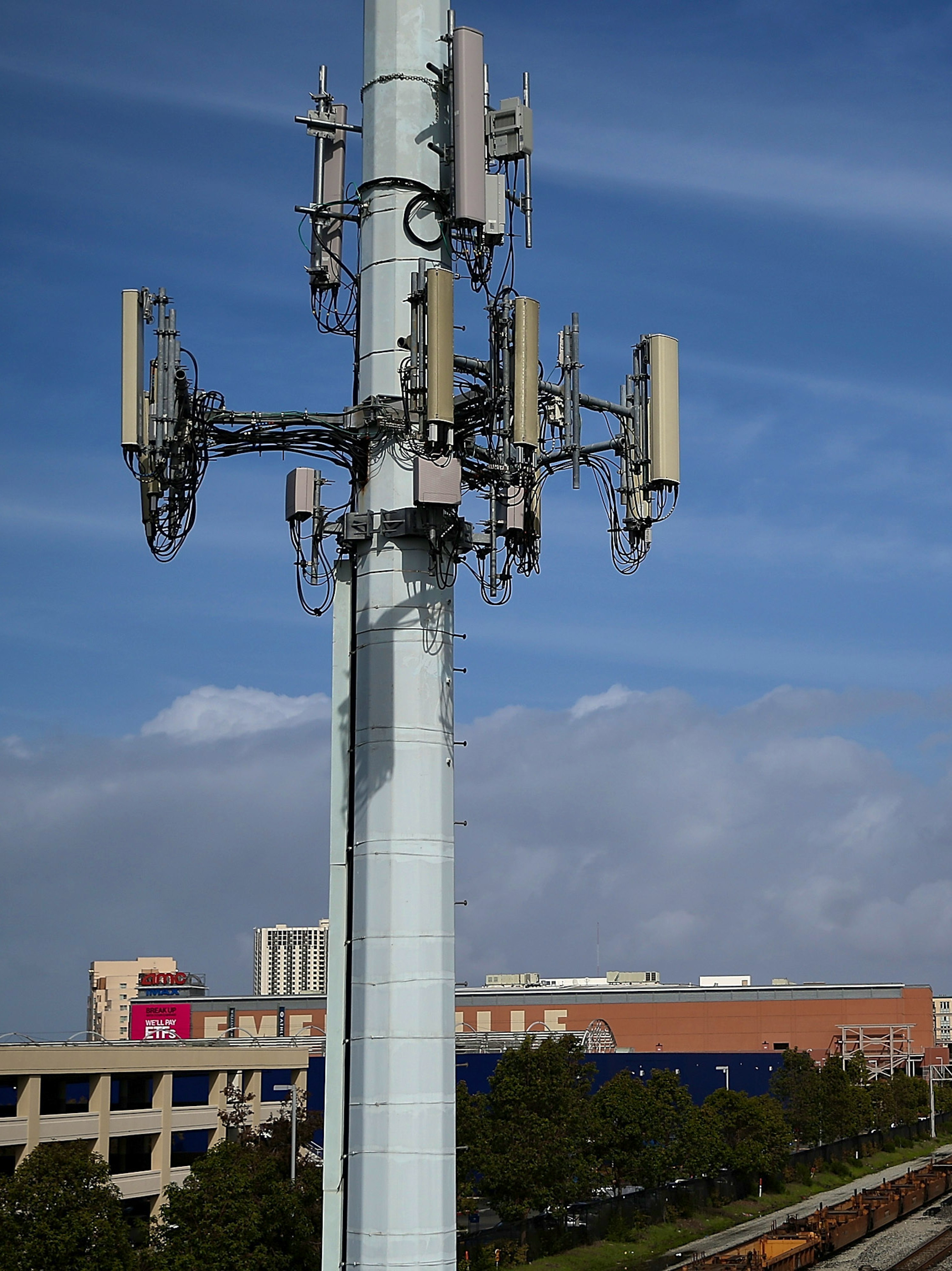If you've ever been through a town, you may have seen tiny 5G cell towers placed on poles for street lighting. They look like small boxes however, they're actually transmitting wireless signals from cellular providers to your phone.
They are replacing larger specially-designed cell towers. Although they're not as visible however, they could create issues for users.
It is the Federal Communications Commission's Radiation Exposure Thresholds
The FCC's Radiation Exposure Thresholds define the maximum amount of time one can expose to electromagnetic radiation from wireless devices. The exposure limits are based on research that show that RF energy can cause harm to health.
The specific absorption rate (SAR) is an indication of the amount of radiofrequency energy that is absorption by tissues. It's usually 1.6 watts per kilogram, spread over a Gram of tissue.
However, because 5g transmits at higher frequencies, it has the potential to create more energy on the skin and other directly-exposed body areas. This can lead to a wide range of potential harms, including exacerbated development of skin diseases like dermatitis, cancer of the skin and cataracts.
Due to the possible harmful effects of radiation from 5G, PSU has chosen to establish a general, localized power density limit of 4 mW/cm2 measured over 1 cm2, and not exceeding 30 minutes for all 5G services at 3000 GHz. This localized limit is consistent with the maximum SAR spatial-average of 1.6 W/kg averaged over 1 grams of tissues at six GHz.
The FCC's Maximum Exposure Thresholds
In the event that you've used mobile phone, you're probably aware that the safest range from the tower should be at least 400 meters away. This is because the power of the transmission of a cell tower increases dramatically the further away your location from the tower.

While it sounds like something that's good however, people living in close proximity to towers may actually be more prone to health issues. For example, a study from 2014 in India found that residents living within 50 meters of cell towers experienced much more health problems than those living further far from antennas.
This study found that people who moved into areas farther away from cell towers noticed their symptoms return to normal within a few days. Studies have also revealed that exposure to high frequencies of radiofrequency electromagnetic fields (EMFs) can lead to cancer, brain tumors and other health issues.
faraday hat is due to the fact that RF radiation, which is utilized in wireless communications, can penetrate the human body's exterior layer, which is the skin. This is important to understand because the skin acts as a protective barrier against mechanical injury, infection by pathogenic microorganisms, and the entry of harmful substances. Additionally, it is the most important organ in the human body. faraday cage hat is accountable for maintaining the integrity of other organs.
faraday cage hats on numerous assumptions that are not supported by evidence from science. This includes the false belief that short-term exposures RF radiation is safe because of the minimal radiation penetration in the human body (i.e. the heating of tissues).
This also overlooks the deeper penetration of the ELF parts of the modulated RF signal as well as the effects on the body of short bursts from pulsed RF waves. These assumptions are not in line with current understanding of the biological effects of RF radiation. As such they shouldn't be relied upon for health-protection exposure standards.
In addition, the ICNIRP and FCC limit their maximum exposure limits to local peak SARs, based on the peak spatial specific absorption rate (psSAR) which is not a reliable dosimetric instrument for determining the level of exposure to radiofrequency radiation. In particular, psSAR is inaccurate for frequencies above 6 GHz. Additionally, psSAR hasn't been tested for RF radiation that is exposed to other agents of the environment such as sunlight. In the event of interactions, RF radiation and other environmental agents may produce synergistic or antagonistic impacts. This would result in the risk of having adverse health adverse effects. For instance, exposure to RF radiation with sunlight may raise the chance of skin cancer, as well as aggravate other skin conditions like acne.
